13 Exploring African Cultures: Diversity, Innovation, and Resilience Across a Continent
“We may differ in the language we speak, yet we all remain children of the land.” — John Okechukwu Munonye, A Wreath For The Maidens
Introduction: Understanding African Cultural Diversity
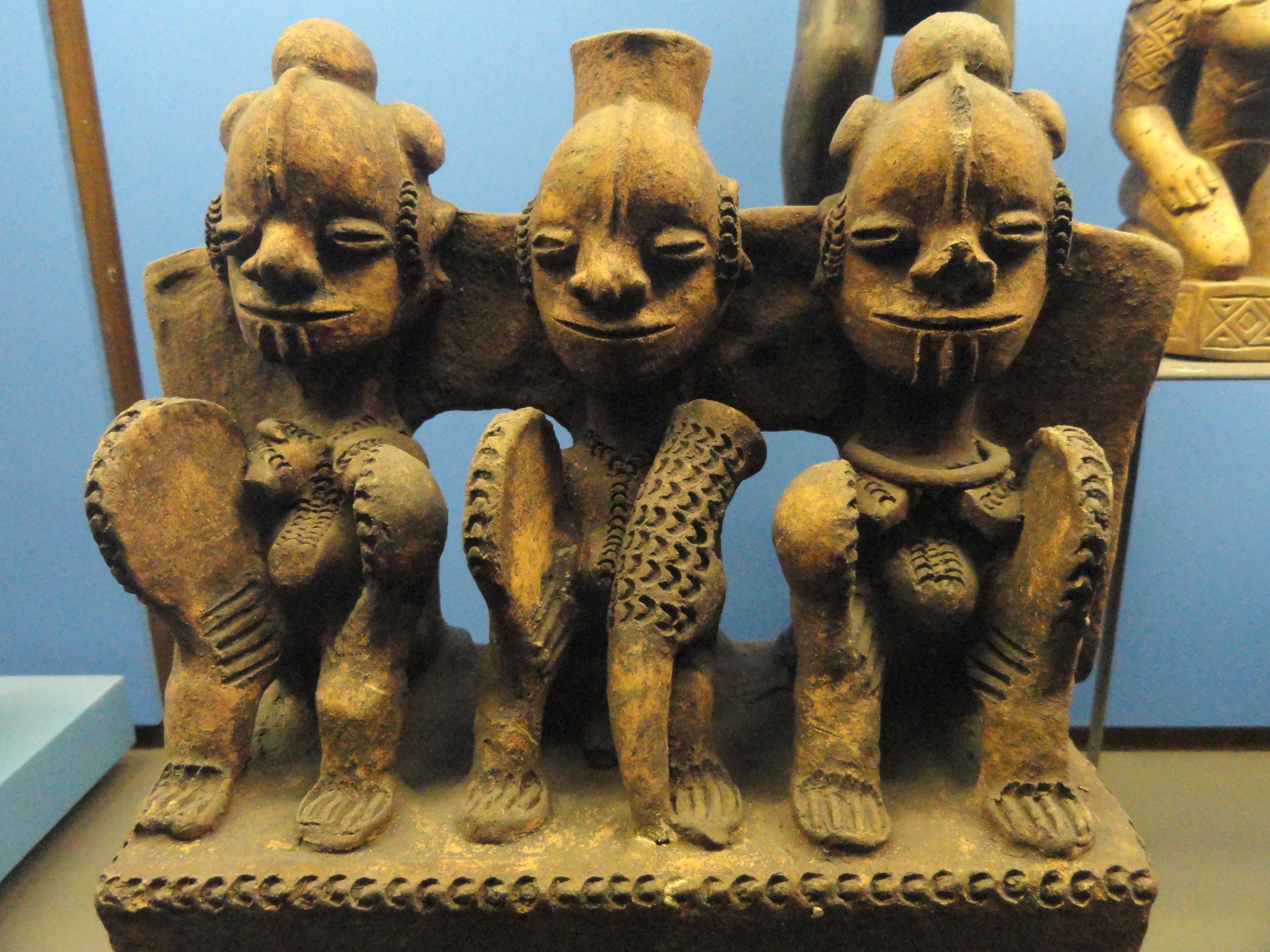
Africa, the world’s second-largest continent, encompasses extraordinary cultural diversity that defies simple categorization. Home to over 3,000 distinct ethnic groups speaking more than 2,000 languages, Africa is the birthplace of human civilization, the cradle of remarkable kingdoms and empires, and the source of innovations that have shaped global development. When we study African cultures, we encounter not a single story or culture but thousands of interconnected narratives spanning millennia of human achievement.
Before European colonization, scholars estimate that Africa contained as many as 10,000 distinct political entities, each with unique languages, customs, governance systems, and cultural practices. From the mathematical innovations of ancient Egypt to the architectural marvels of Great Zimbabwe, the sophisticated trade networks of the Mali Empire to the artistic achievements of the Kingdom of Benin, African civilizations developed complex societies that rivaled any in the world.
Understanding African cultures requires moving beyond stereotypes and recognizing both historical achievements and contemporary realities. Africa today is home to some of the world’s fastest-growing economies, most innovative technologies, and most vibrant cultural expressions, while also grappling with challenges rooted in colonial disruption and ongoing global inequalities.
Cultural Connections
Explore these resources for more information about African art and culture:
- Smithsonian National Museum of African Art collections: View Collections
- Traditional African artistic techniques: Educational Videos
- TED Education video on the Atlantic slave trade and its impacts on art and culture
Africa and Humanity’s Origins
Africa holds the distinction of being humanity’s longest-inhabited continent, with evidence of early hominids dating back 6-7 million years. The earliest anatomically modern human remains have been discovered at sites like Omo Kibish in Ethiopia, Jebel Irhoud in Morocco, and Florisbad in South Africa. Archaeological evidence from Kenya demonstrates the emergence of modern human behaviors—including the use of pigments, sophisticated tool-making, and long-distance trade—as early as 320,000 years ago.
This deep history of human presence enabled the development of diverse cultural traditions adapted to Africa’s varied environments, from the Sahara Desert to tropical rainforests, from highland plateaus to coastal regions. Each environment fostered distinct cultural innovations in agriculture, crafts, social organization, and spiritual practices.

Regional Development Patterns
African cultural development followed distinct regional patterns influenced by geography, climate, and inter-regional contact. Northern Africa, connected to the Mediterranean world, developed close ties with Middle Eastern and European civilizations. The Sahara Desert, which began forming around 5000 BCE, created both a barrier and a bridge, with trans-Saharan trade routes becoming highways for cultural and technological exchange.
Sub-Saharan Africa developed its own distinct cultural patterns, though these were never isolated from broader African and global networks. The development of iron-working technology around 1000 BCE, agricultural innovations, and complex trade systems created the foundation for sophisticated civilizations across the continent.
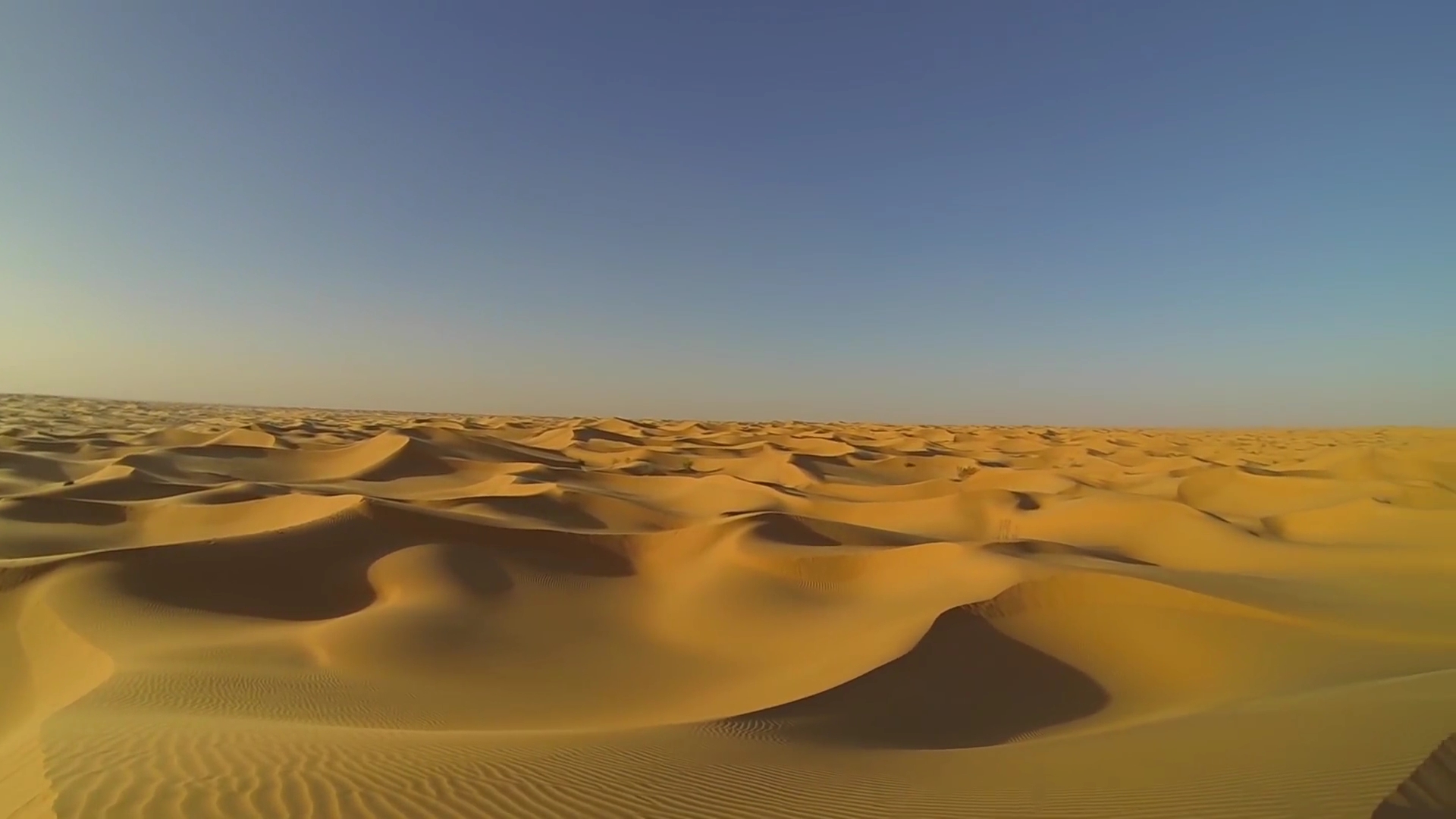
Reflection Question
Major African Civilizations and Kingdoms
African political and cultural achievements encompass thousands of years of sophisticated state-building, artistic innovation, and technological development. Understanding these civilizations challenges misconceptions about African history and demonstrates the continent’s central role in global development.
Ancient Egypt and Nubia
Ancient Egypt, while geographically African, is often studied separately from other African cultures due to its connections with Mediterranean civilizations. However, Egypt maintained strong cultural and political ties with Nubian kingdoms to the south, creating a complex relationship of cultural exchange, trade, and occasional conquest that lasted for millennia. The Kingdom of Kush (ancient Nubia) even conquered and ruled Egypt during the 25th Dynasty (747-656 BCE), demonstrating the sophisticated political and military organization of sub-Saharan African states.

West African Empires
The Ghana Empire (300-1100 CE) controlled trans-Saharan gold and salt trade, creating one of medieval Africa’s wealthiest states. Located in present-day Mali and Senegal, Ghana developed sophisticated taxation systems, military organization, and diplomatic relationships that extended across the Sahara to North Africa and the Mediterranean.
The Mali Empire (1230-1670 CE) succeeded Ghana as the dominant West African power, reaching its peak under Mansa Musa, whose pilgrimage to Mecca in 1324-1325 CE demonstrated Mali’s extraordinary wealth to the Islamic world. Mali’s capital, Timbuktu, became a renowned center of Islamic learning, housing hundreds of thousands of manuscripts on subjects ranging from astronomy to literature.
These empires developed complex governmental systems, legal codes, educational institutions, and economic networks that connected sub-Saharan Africa to the broader medieval world.
Central and Southern African States
The Empire of Mutapa (1430-1760 CE) in present-day Zimbabwe and Zambia controlled gold mining and trade networks extending to the Indian Ocean. The famous stone city of Great Zimbabwe, built between the 11th and 15th centuries, demonstrates sophisticated architectural and engineering capabilities, featuring massive stone walls constructed without mortar.
The Kingdom of Benin (1180-1897 CE) in southern Nigeria created some of Africa’s most renowned artistic achievements, including the famous Benin Bronzes—sophisticated brass and bronze sculptures that demonstrate extraordinary artistic and technical skill. Benin maintained complex political institutions, military organization, and trade relationships that connected forest regions to broader African and global networks.

Cultural Connections
Eastern African Developments
The East African coast developed distinctive Swahili culture through centuries of interaction between African, Arab, Persian, and later European traders. City-states like Kilwa, Mogadishu, and Malindi became cosmopolitan centers where African societies engaged with Indian Ocean trade networks while maintaining distinct cultural identities.
The Ethiopian Empire maintained independence throughout most of the colonial period, developing unique forms of Christianity, distinctive architectural styles, and complex political institutions that adapted to changing regional and global circumstances while preserving cultural continuity.
Religious and Spiritual Traditions
African religious traditions demonstrate remarkable diversity while sharing certain common themes that reflect deep spiritual engagement with the natural world, community relationships, and ancestral wisdom. Understanding these traditions requires recognizing their complexity and avoiding oversimplifications that reduce sophisticated belief systems to primitive stereotypes.
Common Elements Across African Religions
Most traditional African religions share several key characteristics: animistic beliefs that recognize spiritual forces in natural phenomena, veneration of ancestors who continue influencing community life, and ritual practices that maintain harmony between spiritual and material worlds. These religions typically emphasize community well-being over individual salvation and see spiritual power as accessible through proper ritual and ethical behavior.
Many African religions are polytheistic, recognizing multiple deities with specific domains and characteristics, though these often exist within frameworks that acknowledge supreme creator figures. The relationship between humans and deities typically involves reciprocal obligations—proper worship and ethical behavior in exchange for protection and prosperity.
Yoruba Religious Traditions
Yoruba religion, originating in West Africa, has influenced spiritual traditions across the Americas through the African diaspora. Central to Yoruba belief is the concept of Ayanmo (destiny or fate) and the ultimate goal of spiritual unity with Olodumare, the supreme creator who transcends gender categories.
The Orishas—divine intermediaries—govern different aspects of existence and human experience. Eshu serves as the divine messenger and trickster figure, Ogun governs iron, war, and technology, and Yemoja rules waters and motherhood. These deities represent both cosmic forces and human psychological states, creating a sophisticated understanding of spiritual and material reality.
Yoruba religion emphasizes the interconnectedness of all existence—actions in Aye (the physical realm) affect both other beings and the Earth itself. This ecological consciousness reflects sophisticated understanding of environmental and social relationships that remain relevant for contemporary global challenges.
This Crash Course Mythology video explains more about the Orishas.
Bantu Religious Concepts
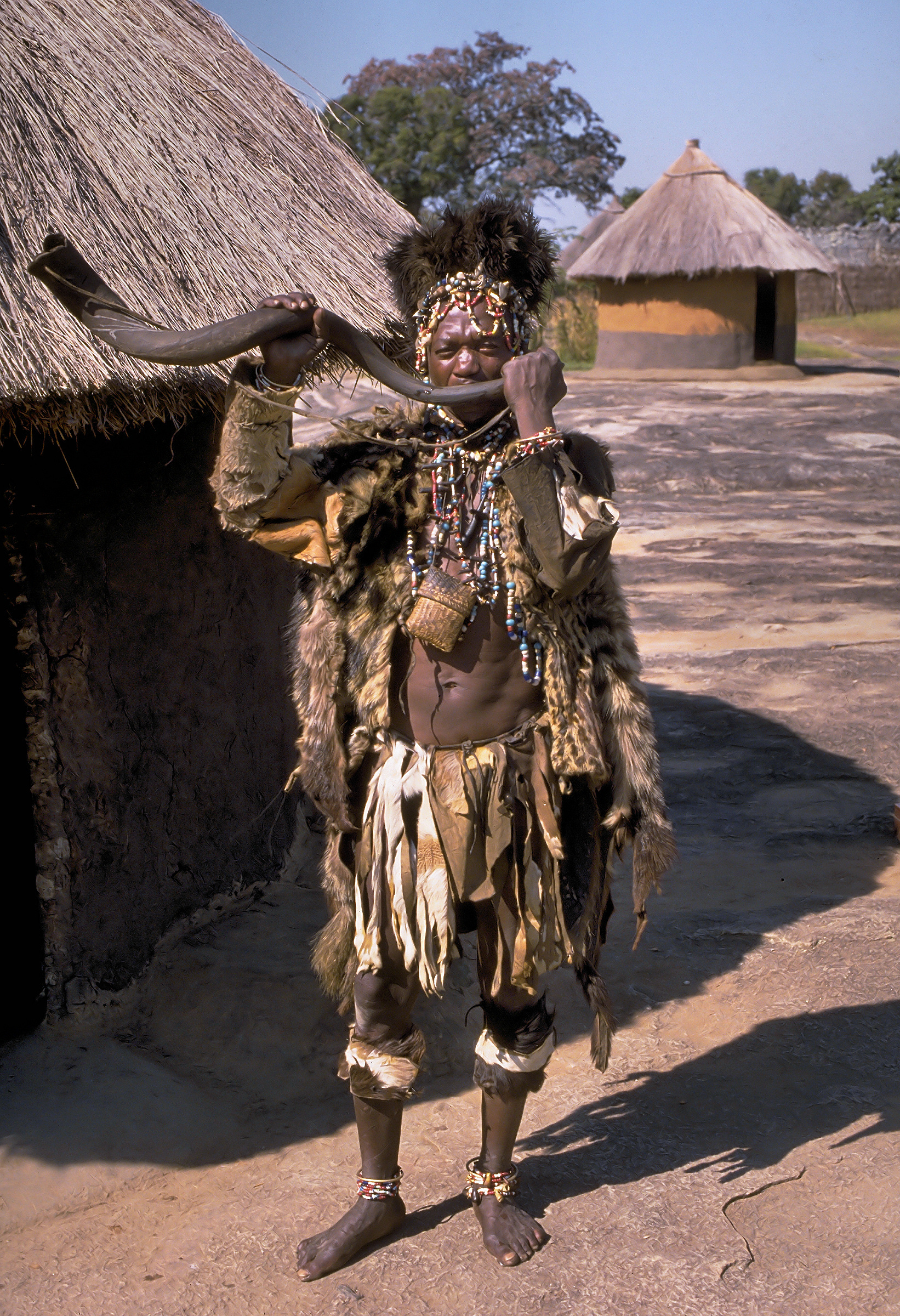
Bantu-speaking peoples across central and southern Africa developed religious concepts that differ significantly from both Christian and Islamic monotheism. Bantu religions typically acknowledge a supreme deity associated with the sky, but this figure often remains distant from daily human concerns, having withdrawn after creation due to human behavior.
Bantu mythology often lacks creation stories for the Earth itself, instead focusing on human origins and the relationship between human communities and divine forces. The famous myth of the Chameleon and Lizard explains the origin of death—the slow Chameleon failed to deliver the message of eternal life before the quick Lizard announced mortality, establishing death as part of human experience.
These stories reflect sophisticated theological thinking about human nature, divine justice, and the relationship between individual behavior and cosmic order.
Cultural Connections
Arts, Crafts, and Material Culture
African artistic traditions encompass extraordinary diversity in materials, techniques, and cultural meanings, reflecting the continent’s varied environments, cultural practices, and aesthetic philosophies. African arts serve multiple functions—spiritual, social, political, and decorative—often simultaneously, creating complex works that resist simple categorization.
Sculptural Traditions

African sculpture, working in materials from wood and clay to bronze and iron, has influenced global artistic development while maintaining distinct cultural meanings and functions. The famous Benin Bronzes (depicted in images above) demonstrate sophisticated lost-wax casting techniques that paralleled European developments, while the terra cotta sculptures of the Nok culture (1500 BCE-500 CE) in Nigeria represent some of the earliest known African sculptural traditions.
These works typically served spiritual, political, or social functions rather than purely aesthetic purposes. Masks facilitated spiritual transformation during ceremonies, commemorative sculptures honored ancestors or rulers, and decorative objects marked social status or cultural identity.
Textile and Fiber Arts
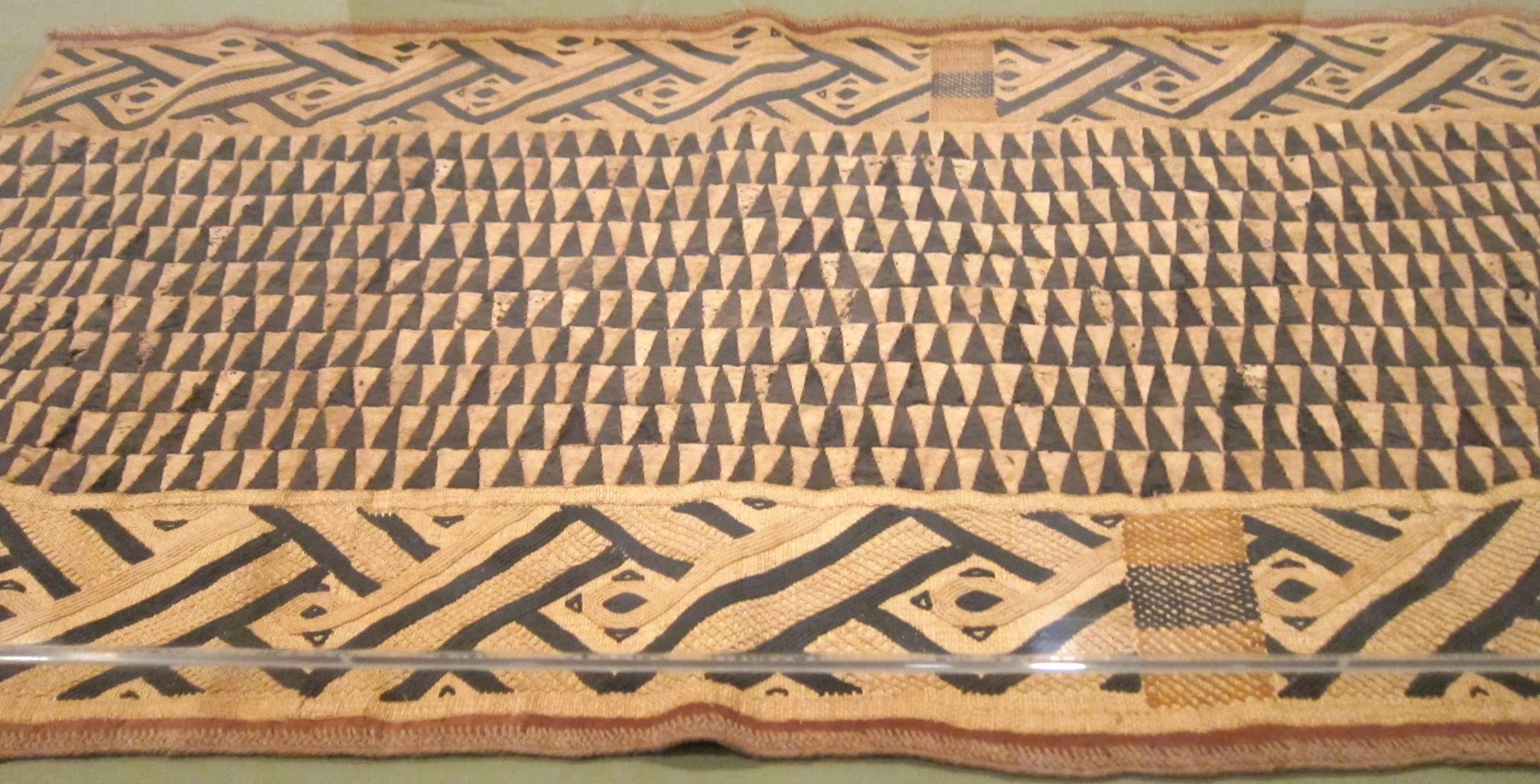
African textile traditions demonstrate remarkable technical sophistication and cultural significance. Kuba raffia cloths from the Democratic Republic of Congo involve complex weaving and embroidery techniques that create geometric patterns with spiritual and social meanings. Kente cloth from Ghana uses intricate weaving patterns and color combinations to communicate cultural messages about identity, status, and values.
These textiles often require months or years to complete, representing significant investments of time and skill that reflect their cultural importance. The knowledge of textile production typically passes through family or guild systems, ensuring cultural continuity while enabling innovation.
Architecture and Monumental Arts
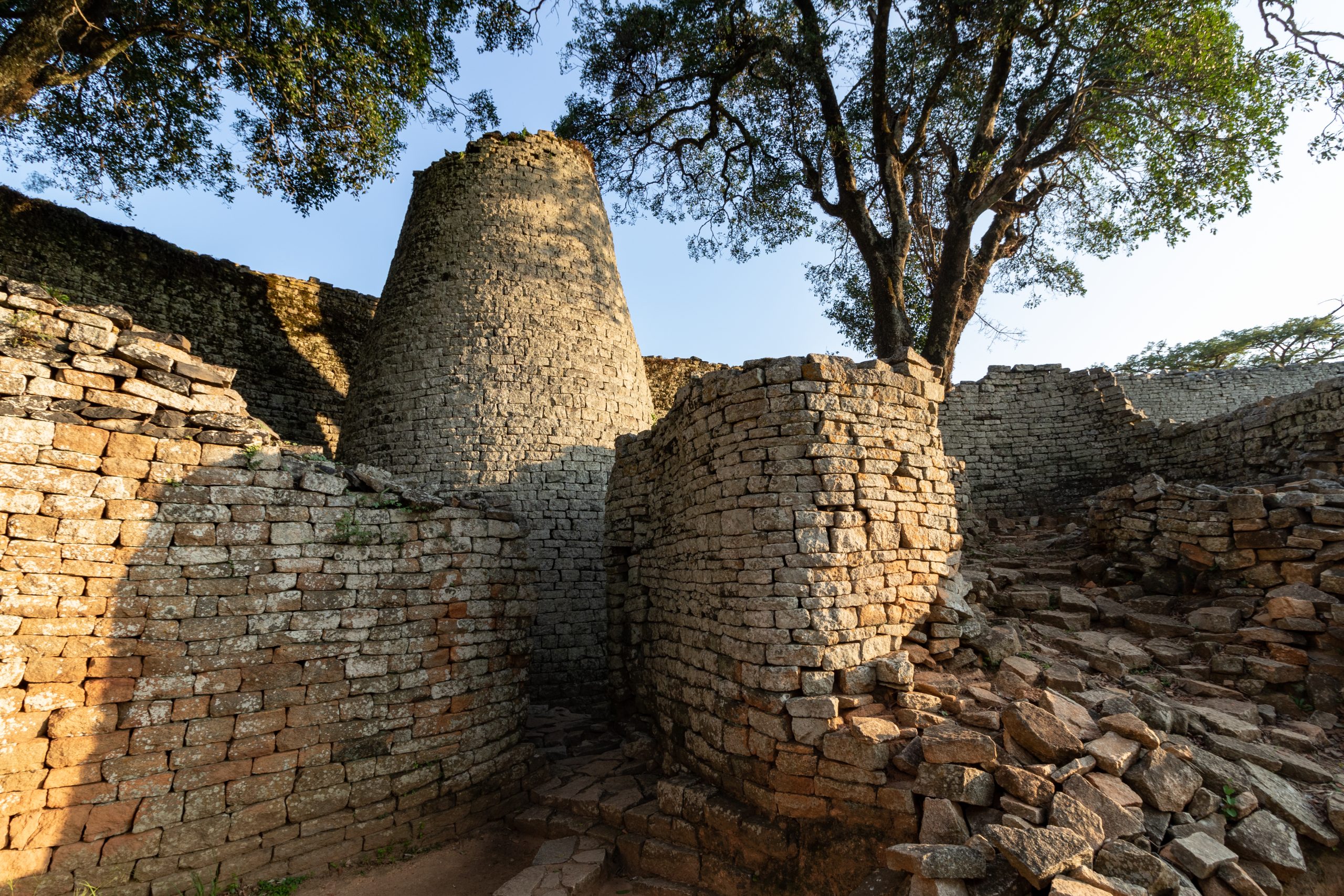
African architecture adapts to diverse environments while expressing cultural values and beliefs. The Great Mosque of Djenné in Mali represents Sudano-Sahelian architectural traditions using local materials (mud brick) and techniques adapted to climate and available resources. The stone structures of Great Zimbabwe demonstrate sophisticated engineering and construction techniques that created monumential architecture without mortar.
Rock art traditions across Africa, from the Sahara to Southern Africa, preserve thousands of years of artistic expression and cultural memory. The Tassili n’Ajjer paintings in Algeria document environmental and cultural changes over millennia, while South African rock art preserves San cultural traditions and spiritual beliefs.
Languages and Oral Traditions
Africa’s linguistic diversity—over 2,000 languages from four major language families—reflects the continent’s long history of cultural development and adaptation. These languages preserve vast amounts of cultural knowledge, historical memory, and philosophical understanding through sophisticated oral traditions that have maintained cultural continuity across generations.
Language Families and Cultural Diversity
African languages belong to four major families: Afroasiatic (including Arabic, Amharic, and Berber languages), Niger-Congo (including Bantu languages, Yoruba, and Igbo), Nilo-Saharan, and Khoisan (including San languages with distinctive click consonants). This linguistic diversity reflects Africa’s role as the birthplace of human language and the continent’s varied cultural development patterns.

Many African languages employ tonal systems where pitch changes affect meaning, creating complex communication systems that can convey information through both words and musical patterns. This relationship between language and music influences African poetic and musical traditions, creating rich oral literatures that combine linguistic and musical artistry.
Here is a video of a native Zulu speaker:
Oral Literature and Cultural Preservation
African oral traditions preserve historical knowledge, cultural values, religious beliefs, and practical wisdom through stories, proverbs, praise poetry, and ceremonial performances. These traditions demonstrate sophisticated literary techniques including complex narrative structures, symbolic language, and mnemonic devices that ensure accurate transmission across generations.
Griots in West Africa serve as professional historians, musicians, and storytellers who preserve genealogies, historical events, and cultural knowledge through oral performance. Their training requires years of study and practice, creating specialized knowledge keepers who maintain cultural memory and educate communities about their heritage.
Here is a video of an interview with a griot.
African proverbs represent particularly concentrated forms of cultural wisdom, encoding complex philosophical and practical insights in memorable phrases. These proverbs serve educational functions, providing guidance for ethical behavior, social relationships, and practical decision-making.
Cultural Connections
The Impact of Colonialism and Cultural Resilience
The European colonization of Africa (primarily 1880s-1960s) represents one of history’s most dramatic cultural disruptions, fundamentally altering political, economic, and social structures across the continent. Understanding this period is crucial for comprehending both historical African achievements and contemporary African realities.
The Scramble for Africa and Its Consequences
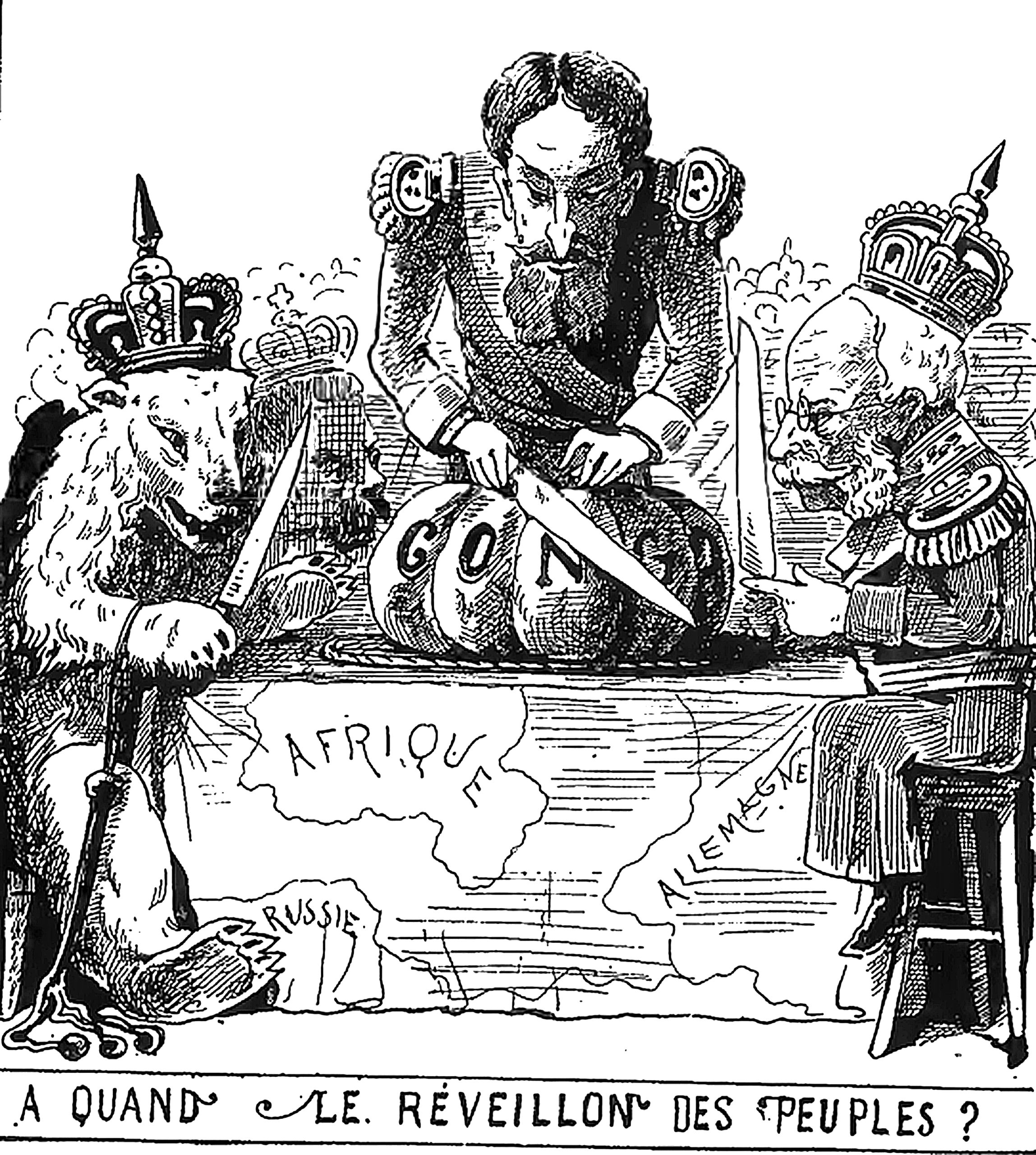
The Berlin Conference of 1884-1885 formalized European claims to African territories, creating artificial boundaries that divided ethnic groups and forced diverse peoples into single colonial entities. This “Scramble for Africa” was driven by economic competition, strategic considerations, and racialized ideologies that justified European domination over African peoples.
Colonial administration sought to transform African societies to serve European economic interests, introducing cash crop agriculture, labor migration systems, and educational programs designed to create compliant colonial subjects rather than preserve African cultural traditions. Christian missionaries often worked alongside colonial administrators to suppress traditional religious practices and replace them with European cultural forms.
Colonial powers systematically removed African cultural artifacts, often through military conquest or unequal trade relationships. The British seizure of the Benin Bronzes during the 1897 “Punitive Expedition” exemplifies this cultural appropriation—thousands of sophisticated artworks were taken to London, where they remain in museums today despite ongoing repatriation demands.
The suppression of African languages in colonial schools disrupted cultural transmission, forcing African children to abandon their mother tongues in favor of European languages. This linguistic colonialism threatened oral traditions and cultural knowledge that had been preserved for generations.
The independence movements that culminated in the “Year of Africa” (1960) reflected both cultural resilience and political sophistication, as African leaders drew on traditional and modern resources to create new nation-states while preserving cultural identities.
Contemporary African Cultures and Contributions

African cultural expressions continue influencing global arts, music, fashion, and literature, while African philosophical traditions contribute to global discussions about ethics, environmental responsibility, and social justice. African societies today are creating new cultural forms that honor traditional values while addressing contemporary challenges and opportunities in increasingly globalized contexts.
Afrofuturism is a cultural phenomenon perhaps most familiar to Western audiences through the Marvel movie Black Panther. It is a philosophy of science, and history that explores the intersection of the African diaspora culture with science and technology. It addresses themes and concerns of the African diaspora through technoculture and speculative fiction, encompassing a range of media and artists with a shared interest in envisioning black futures that stem from Afro-diasporic experiences
Contemporary African literature, music, film, and visual arts draw on traditional cultural resources while engaging global audiences and addressing universal themes. Authors like Chimamanda Ngozi Adichie and film directors like Ousmane Sembène have created works that challenge stereotypes about Africa while exploring complex questions about identity, tradition, and modernity.
African music continues evolving traditional forms while incorporating global influences, creating genres like Afrobeat, highlife, and contemporary hip-hop that reflect both local cultural values and international connections. These musical innovations demonstrate how cultural traditions can adapt and influence global cultural development.
Africa has become a global leader in mobile technology adoption and innovation, using digital platforms to preserve and share cultural traditions while creating new forms of cultural expression. Digital archives are preserving traditional music, oral histories, and artistic traditions while making them accessible to global audiences. Contemporary African entrepreneurs and innovators are developing technologies and business models such as “smart cities” that reflect African cultural values of community cooperation and social responsibility while addressing practical challenges in healthcare, education, and economic development.
Ongoing Challenges and Achievements
Contemporary African societies continue grappling with the legacies of colonialism while building democratic institutions, developing economies, and preserving cultural traditions. The challenge involves creating modern societies that honor traditional values while providing opportunities for younger generations and engaging constructively with global communities.
African solutions to these challenges often draw on traditional cultural resources—concepts of consensus-building, community responsibility, and environmental stewardship—that offer alternative approaches to contemporary global problems.
Contemporary African innovations in mobile banking (like Kenya’s M-Pesa system), renewable energy solutions, and community-based healthcare delivery are influencing global development strategies. African approaches to conflict resolution, environmental conservation, and social organization offer alternative models for addressing contemporary global challenges.
Conclusion: Appreciating African Cultural Diversity
African cultures represent some of humanity’s oldest, most diverse, and most resilient cultural traditions. From the earliest human settlements to contemporary innovations, African societies have demonstrated remarkable creativity in developing cultural solutions to environmental, social, and spiritual challenges.
Understanding African cultures requires moving beyond stereotypes and recognizing both historical achievements and contemporary realities. Africa today is not a continent frozen in tradition but a dynamic region where ancient wisdom meets modern innovation, where traditional values guide contemporary development, and where local cultures engage global opportunities while maintaining distinct identities.
Perhaps most importantly, African cultural traditions demonstrate the human capacity for resilience, creativity, and adaptation under challenging circumstances. These traditions offer hope and practical wisdom for building better futures while honoring the past and maintaining cultural identity in rapidly changing global contexts.
Putting It All Together
After exploring African cultural diversity, what aspects do you find most relevant for understanding human cultural development and contemporary global challenges? How might African cultural values and innovations inform approaches to building more inclusive and sustainable societies?
Resources for Further Study:
- Smithsonian National Museum of African Art – Collections
- Traditional African Artistic Techniques – Educational Videos
- Digital archives of African oral traditions and music

